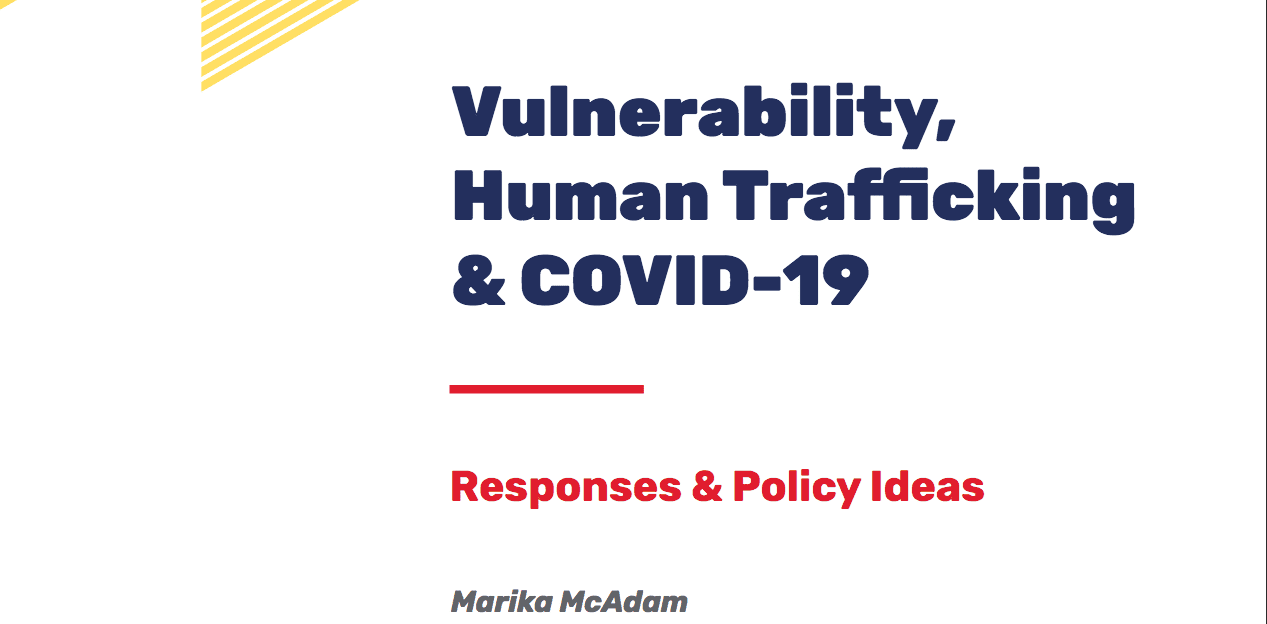
Vulnerability, Human Trafficking & COVID-19
It is clear to counter-trafficking actors that coronavirus disease 2019 (COVID-19) and the measures put in place to confront it will exacerbate vulnerability to trafficking. Though it is uncomfortable to say about something as abhorrent as human trafficking, this increased vulnerability must be put into perspective against other more urgent risks to livelihoods, homes, and lives. We are told that ‘COVID-19 does not discriminate’, but the obvious reality is that those most at risk of contracting COVID-19 are the world’s most vulnerable people who do not have the means to protect themselves and are most ill-equipped to survive the measures taken to curtail its spread. It is through this lens of vulnerability that the intersection between human trafficking and COVID-19 must be understood.
Vulnerability is a complex and imprecise science, with various models offered to explain it. Work done by the United Nations Office on Drugs and Crime (UNODC) and a group of expert practitioners explained that the concept of ‘vulnerability’ as it relates to trafficking specifically can be personal (relating to an individual’s characteristics), or situational (for instance, relating to a person being irregularly in a foreign country in which he or she is socially or linguistically isolated), or circumstantial (for instance, relating to a person’s unemployment or economic destitution). Thus, it is evident that COVID-19, like other crises, exacerbates existing vulnerability factors, and creates new ones for millions of people across the globe. At the same time, the nature of the crisis – in this case, a global pandemic on an unprecedented scale – results in the breakdown of the systems in place that are needed to support victims, as resources are diverted to fighting the pandemic itself.COVID-19 therefore highlights what we already knew to be true: that economic, social and structural inequalities render some people more vulnerable than others.
Read the report here.
